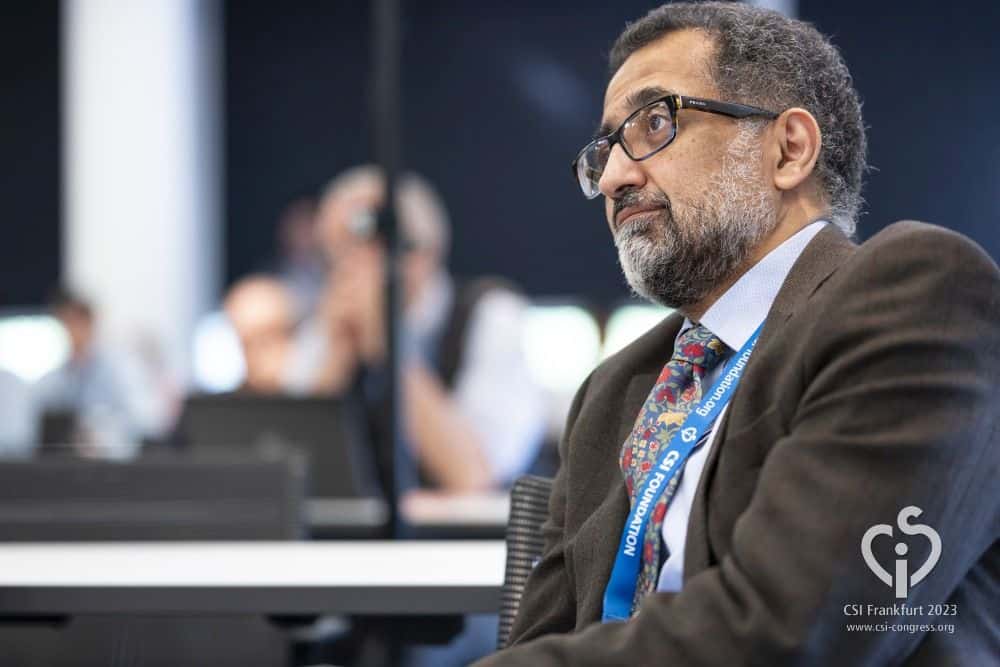New oral anticoagulants (NOACs)-good news but cant be reversed.
BMJ 2014;348:g1438
I did like the analogy in this letter to the BMJ: Warfarin-your aunts car- not flashy, does have problems, is cheap, but has reasonable old style brakes when you want to stop. NOACs – yes with lots of advantages-flashy new car. The biggest disadvantage is that the brakes are not thought out- it is hard to stop the effect if you get a bleeding problem. That could be dangerous in a car, and also in a patient on anti-coagulants!
TAVI updates
Scanning the literature as someone who performs TAVI (transcathater aortic valve inverventions), I was interested in the following:
1. Needing a pacemaker after TAVI does not appear to affect your long term outlook-it should probably be considered as a part of the TAVI procedure- you will need a temporary pacemaker in all cases for 24-72 hours, but may need a permanent one.
2. The route via a direct puncture of the aorta is being favoured over the transapical (direct to the left ventricle) approach. However, but trans-femoral (leg) and subclavian (Arm) routes are probably safer if your blood vessels are big enough to allow it to happen.
Aircraft Noise and the heart
BMJ 2013;347:f5727
An interesting editorial suggested a link between noise and risk of cardiovascular events, hypertension and a new association with stroke. However, can it really exclude the effects of social class, and other personal habits. Surely you would only live next to a major road or an airport of you could not afford to be further away? However, quite a few studies suggest the link. http://www.bbc.co.uk/news/health-24455400
Radial access for coronary angiography and angioplasty
EuroIntervention 2013;8:1241
We all want less invasive procedures. The femoral (leg) artery is a deeper artery, and more prone to injury than the more superficial radial (arm) artery. Thus, the new European Society of Cardiology guidelines suggest using the radial artery when using multiple blood thinning agents, for example in treating acute myocardial infarction (heart attacks). I offer the radial artery as the standard approach for all invasive coronary procedures, as mobility after the procedure, as well as safety, is improved.

